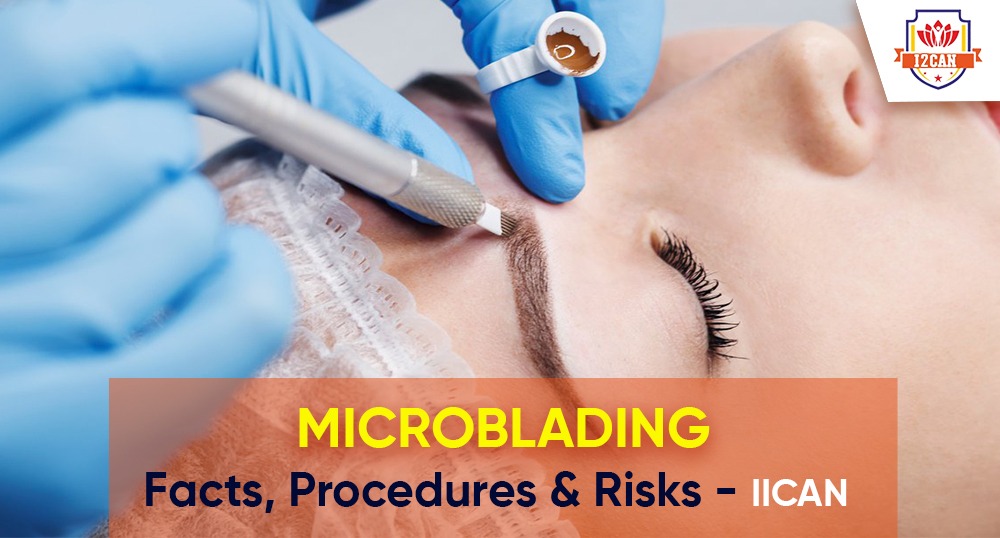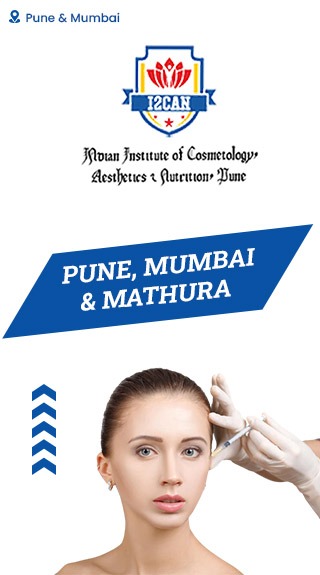You may have already heard of microblading for full brows. Did you know there’s a similar practice for your scalp?
This procedure is known as scalp micro pigmentation (SMP), which creates the illusion of fuller hair.
But what’s the exact difference?
“Although both fall under the category of micro pigmentation, [microblading and micropigmentation] are very different methods of implanting pigment,” explains Michal Cohen, a Los Angeles-based makeup artist and SMP practitioner.
While microblading is typically done with a manual blade, micropigmentation is performed using an electric tattoo device. This is because more power is needed to penetrate the skin on your scalp, which is thicker than the skin under your eyebrows.
How does SMP work, and who can benefit from it?
The goal of SMP isn’t to create hairlike lines as you would when microblading eyebrows, but instead to use tiny, layered dots in different hues of black to replicate the look of a shadow on your scalp. This style, referred to as pointillism, is done to create natural-looking depth and definition.
A skilled practitioner will work to ensure the dots look like a natural hair follicle and blend in seamlessly with your complexion.
This process may be useful for people who experience all forms of hair loss. This includes folks with:
- cancer
- alopecia
- thinning hair
- male and female pattern baldness
Does it hurt? What’s the process like?
So, just how painful is this procedure? The short answer is, it depends.
Before the procedure, your SMP practitioner will apply a topical numbing agent to your scalp. That said, it’s good to keep in mind that there may still be some discomfort. However, how much discomfort largely depends on your pain tolerance.
Once you’ve done your research and sought out a responsible and skilled SMP artist (more on how to do this below), you’ll likely have an initial consultation. During this meeting, your practitioner will prep you for what to expect and how you should prepare beforehand.
For example, here are some general guidelines:
- Shower before each treatment. You won’t be able to wash or wet your scalp (this includes sweating excessively) for four days after each appointment.
- Each treatment typically takes between four and five hours.
- How many treatments you need will depend on the amount of scalp getting SMP. Even if it’s only for a small area like a widow’s peak, Cohen says three to four treatments are still needed for long-term retention since SMP is a process of layering color.
- Treatments will be scheduled a few weeks apart.
In the weeks between treatments, don’t go swimming, use steam or sauna rooms, or take extremely hot showers that may cause a steam storm.
Avoid exposing your scalp to the sun for the first four days (wearing a hat is fine). On the fifth day after treatment, you can expose the treated skin to sun for one hour, or 45 minutes if you have very fair skin.
Keep in mind, though, that less sun exposure to the treated area means better long-term retention.


